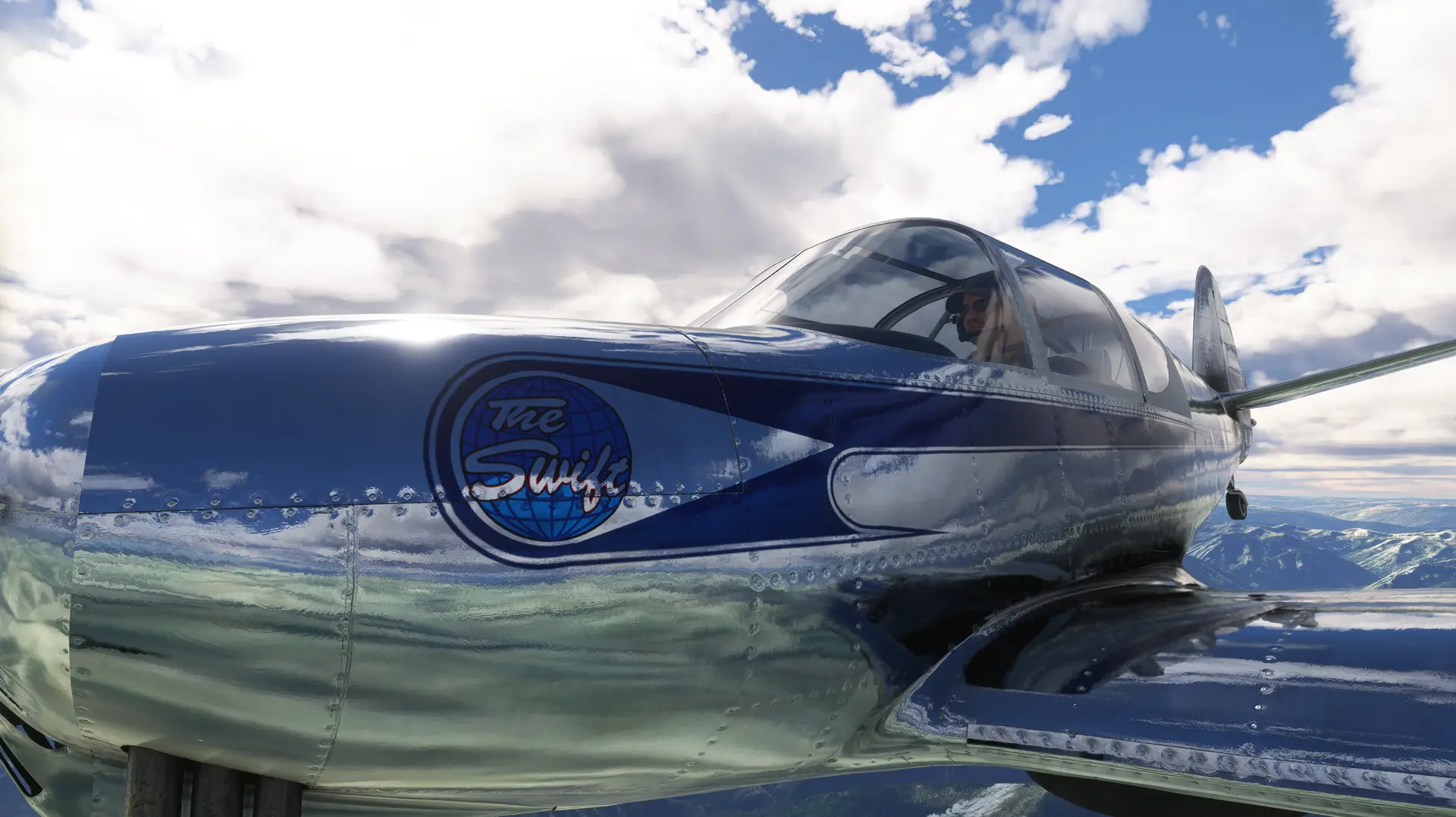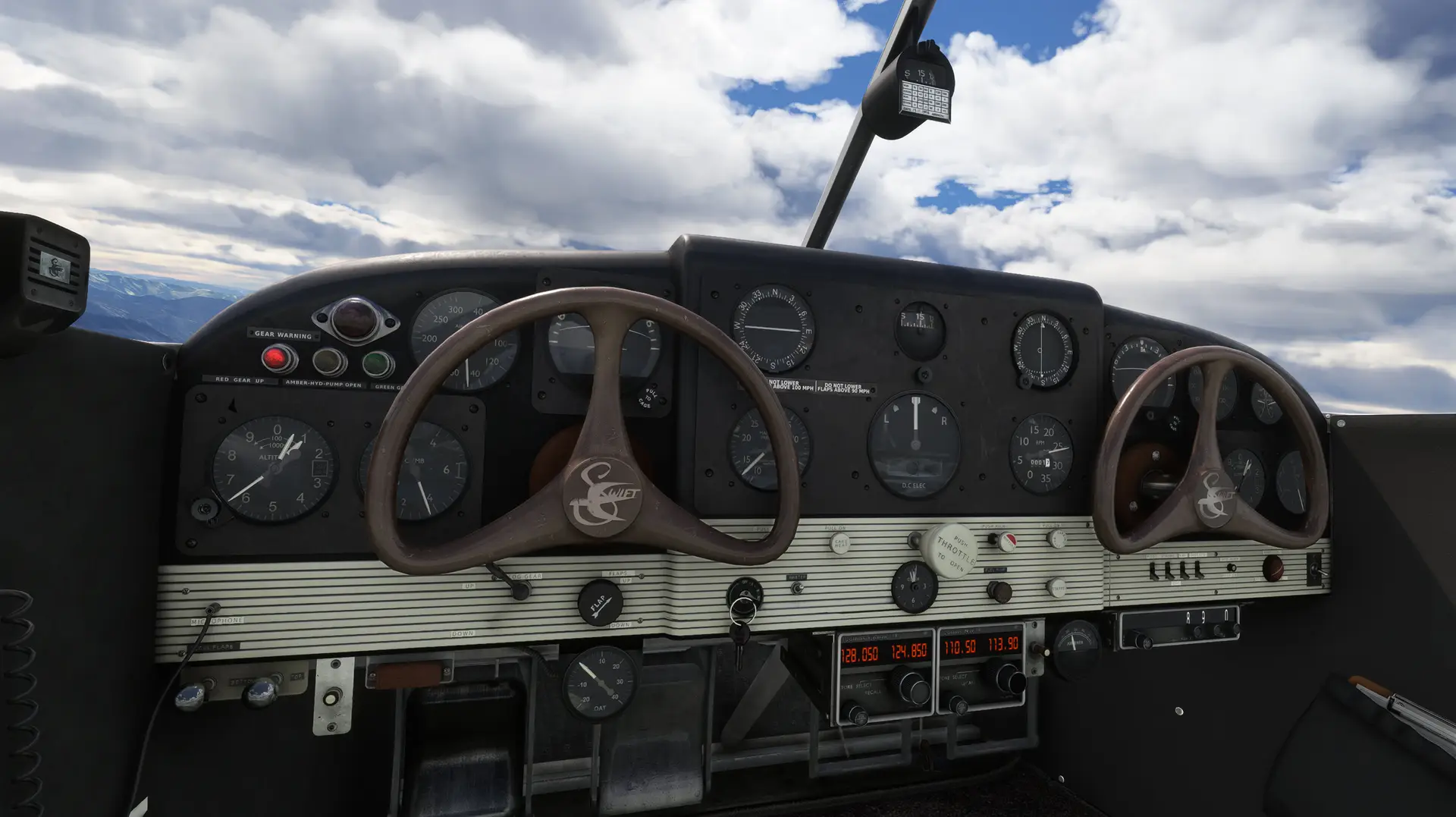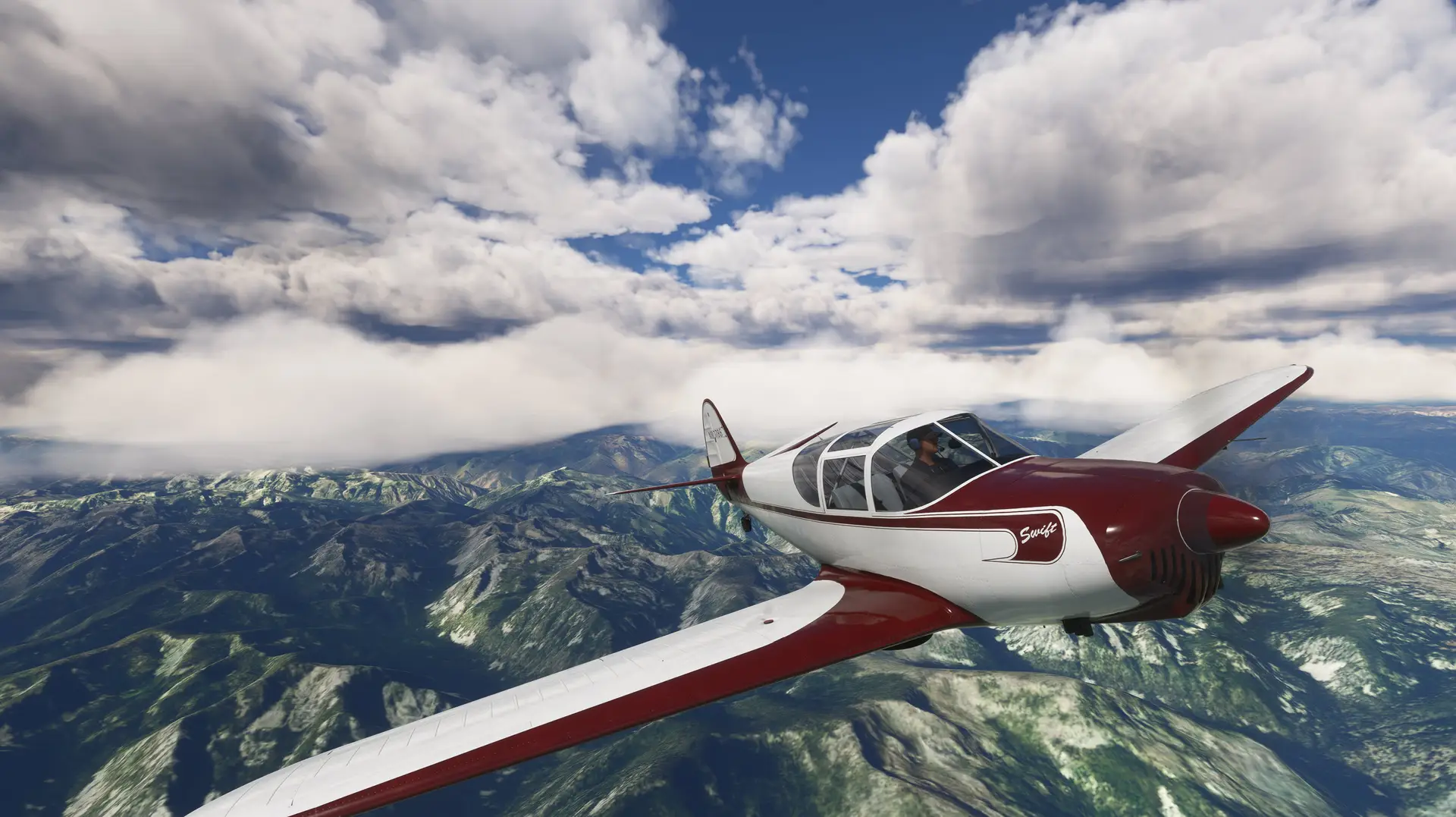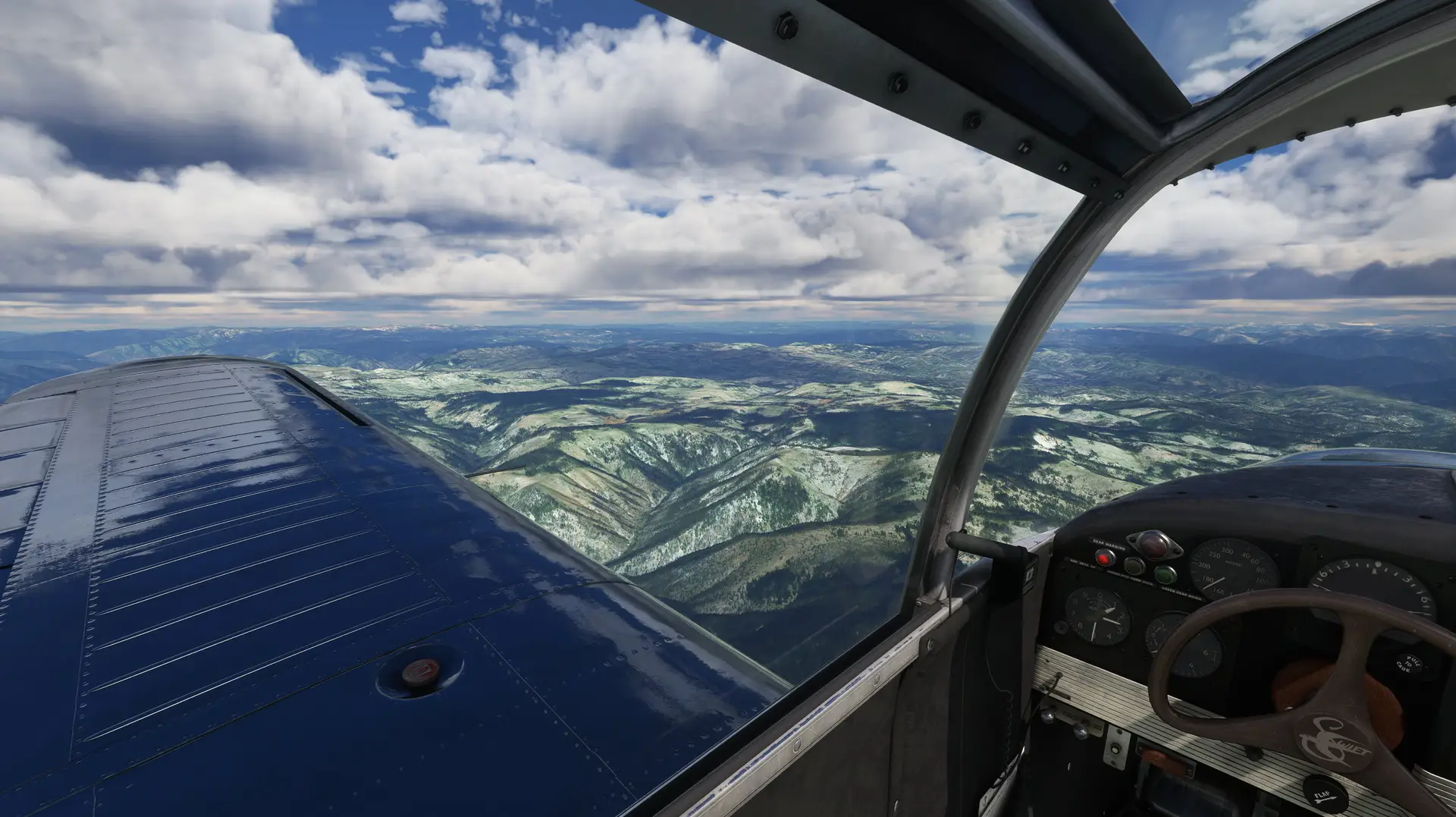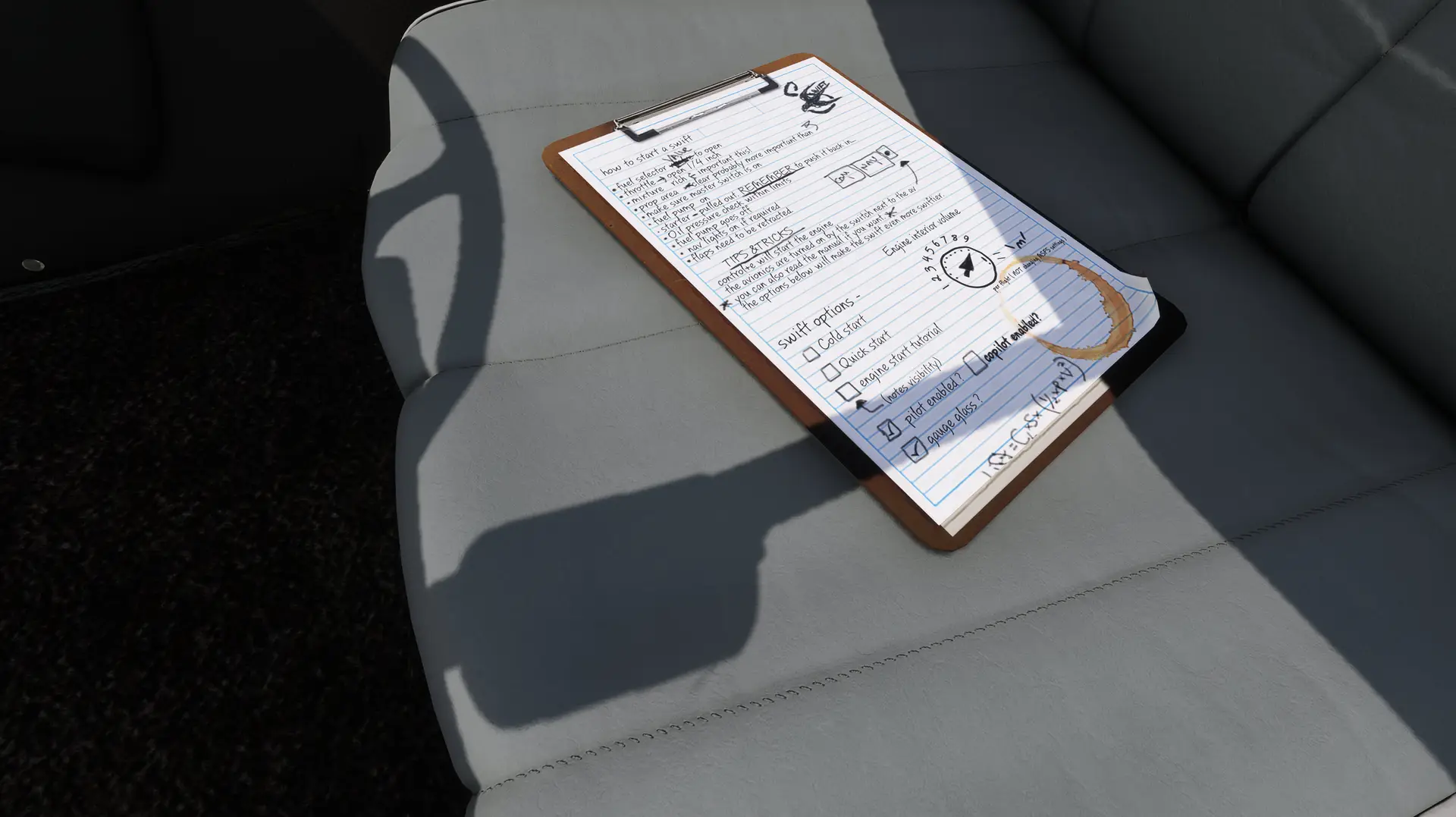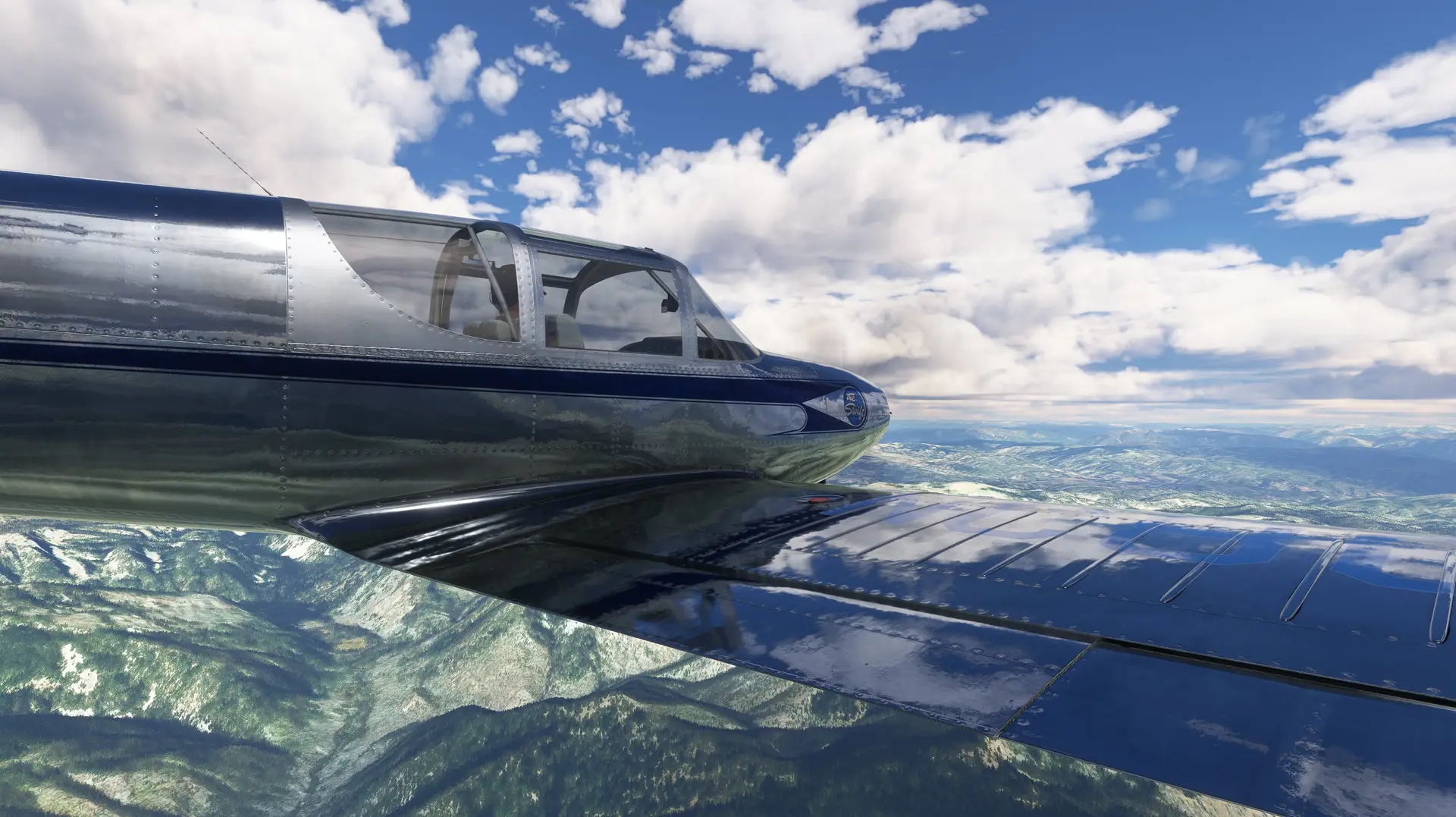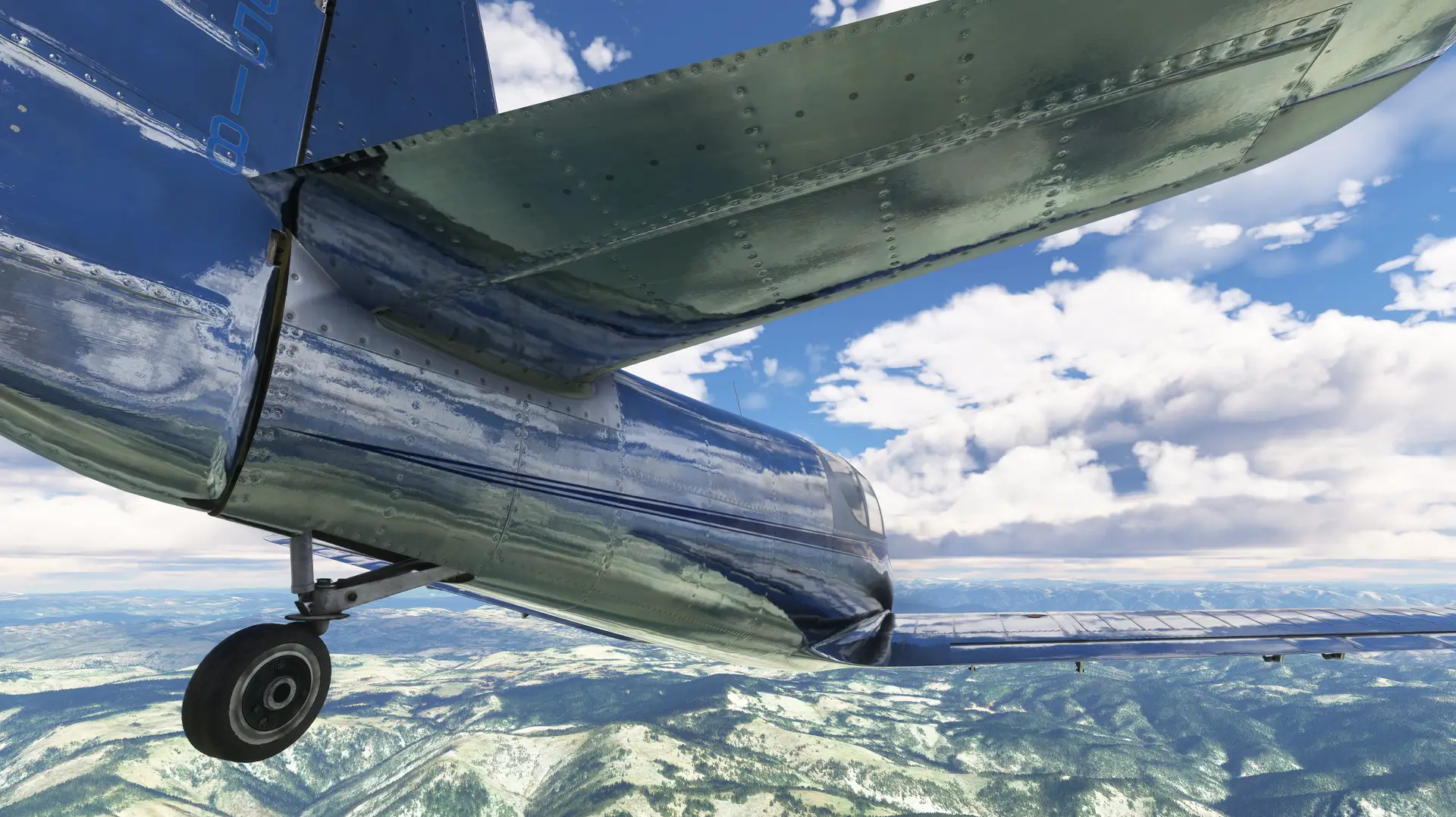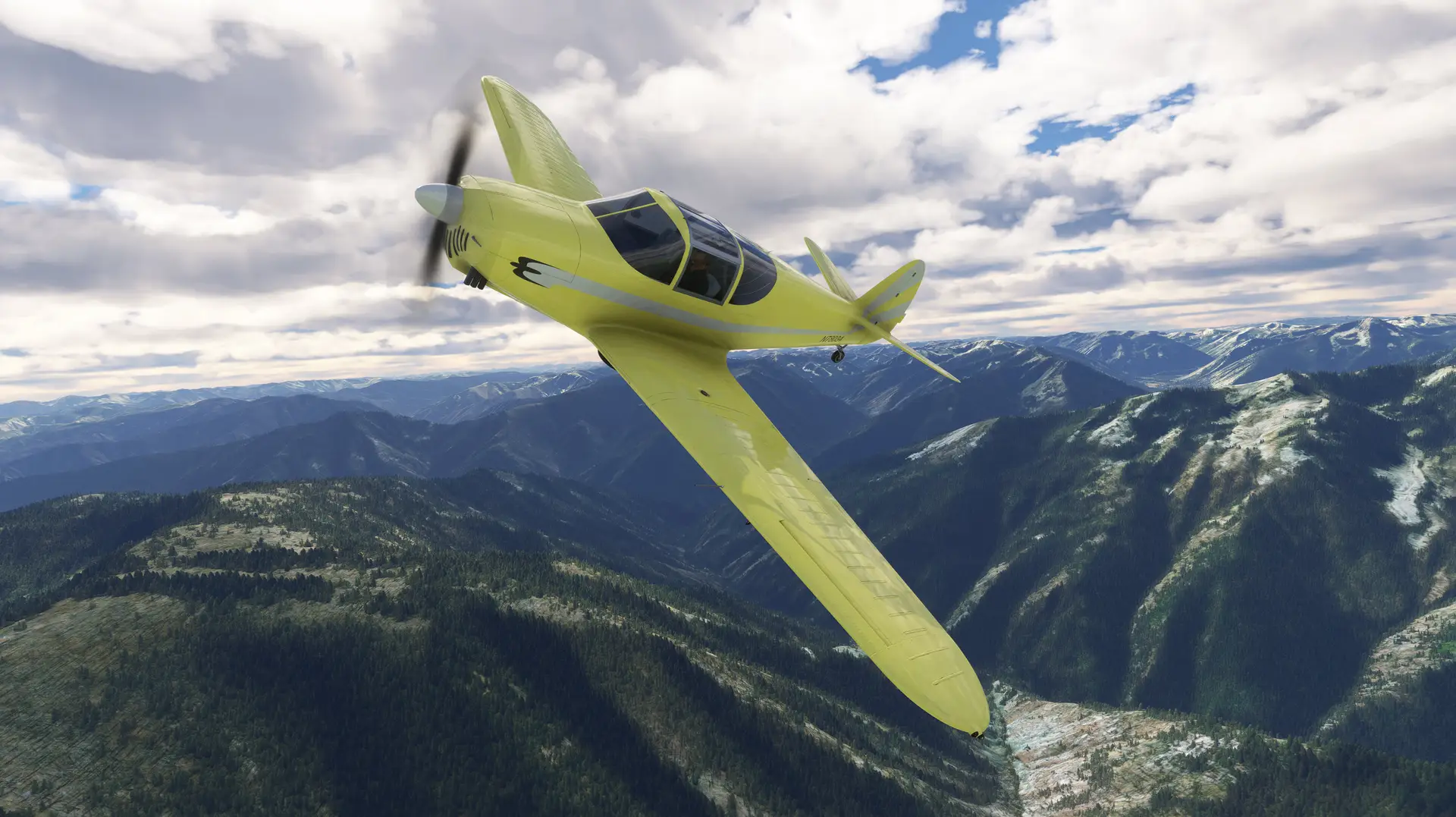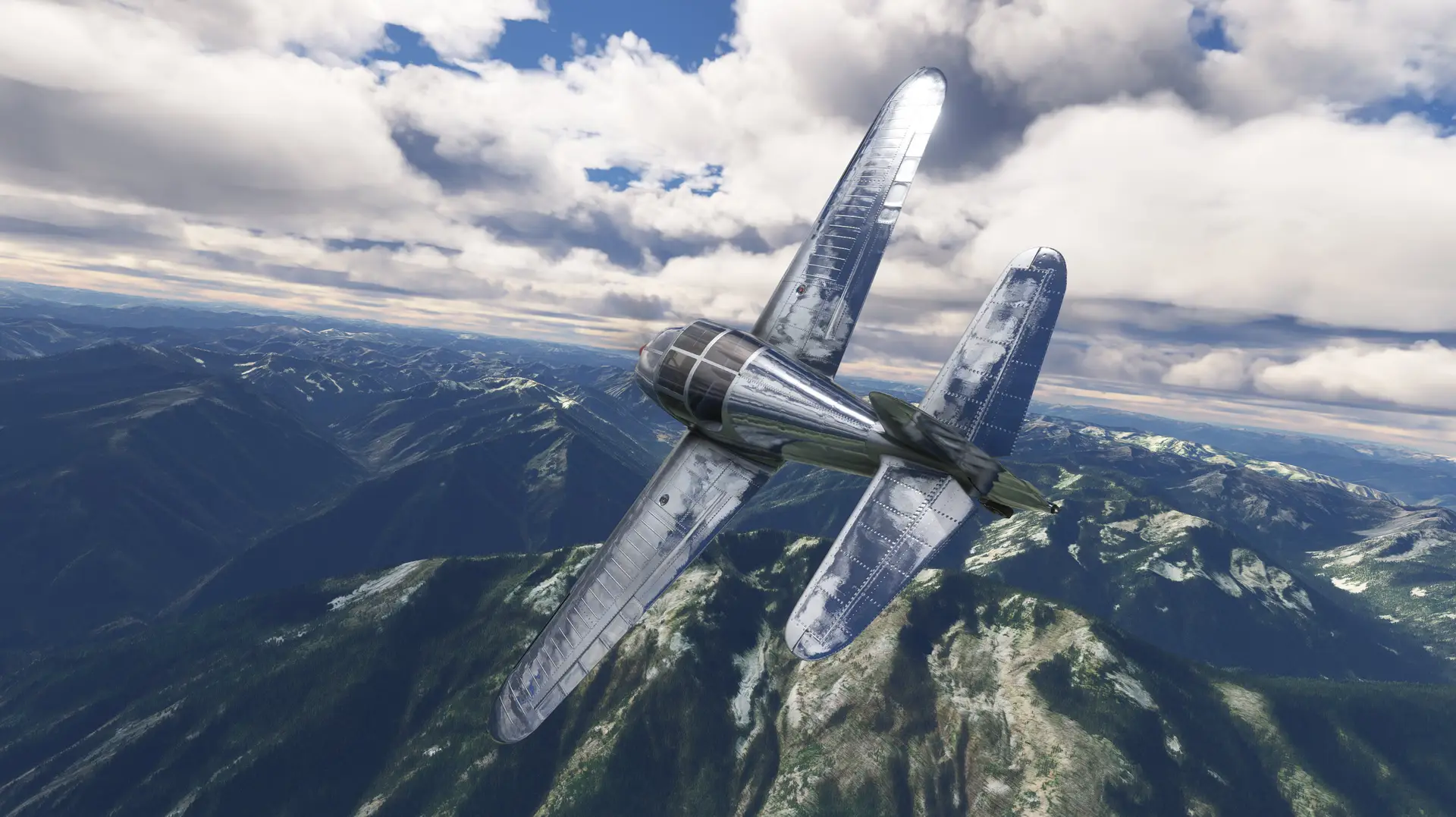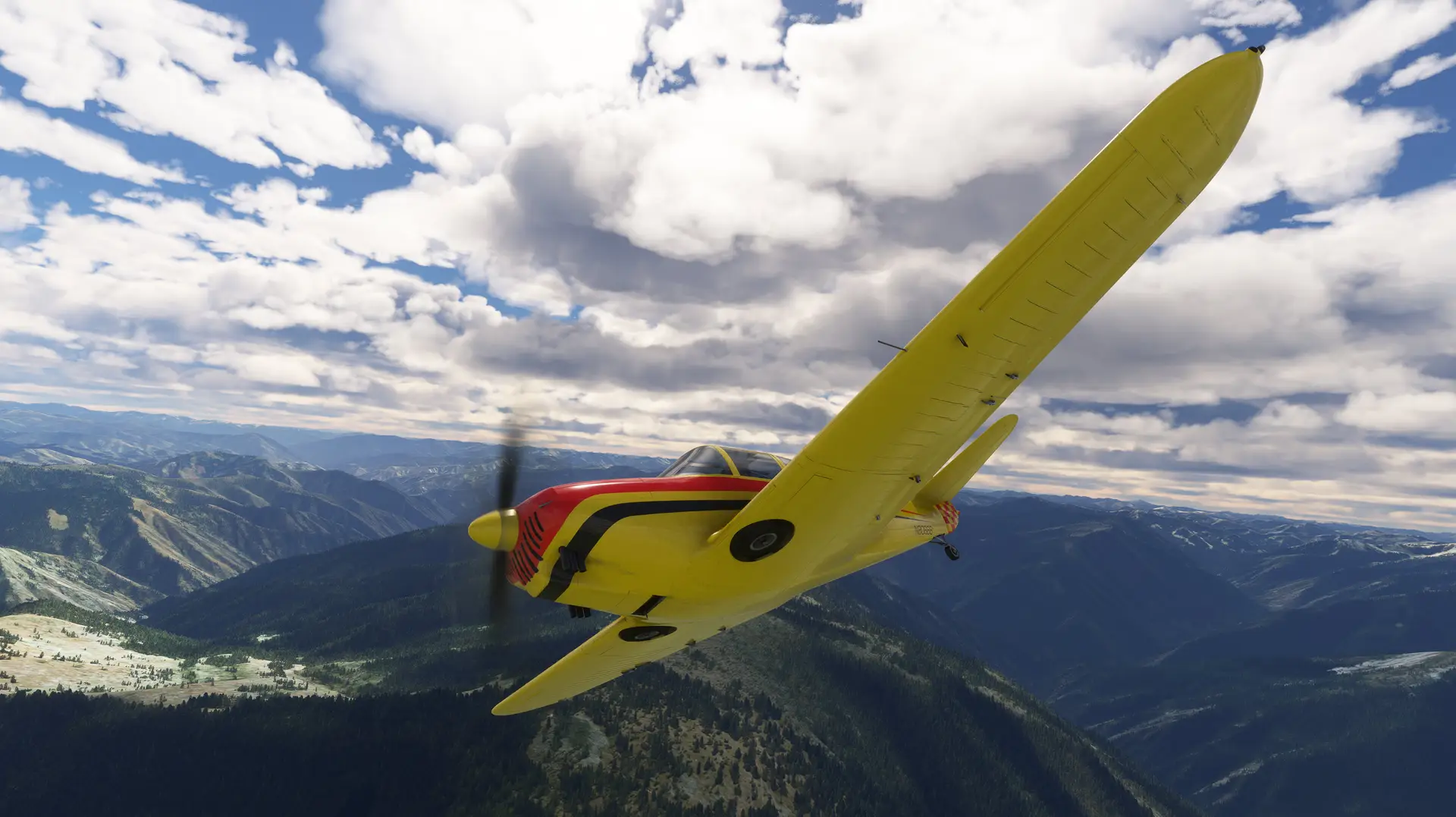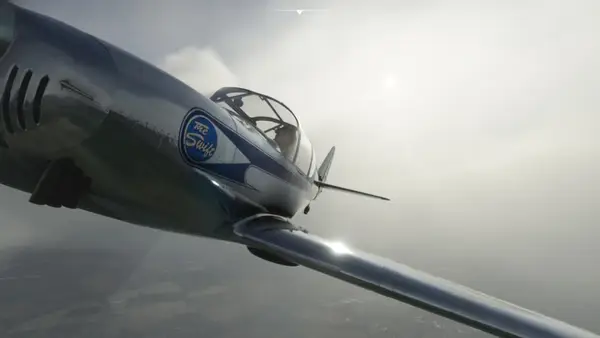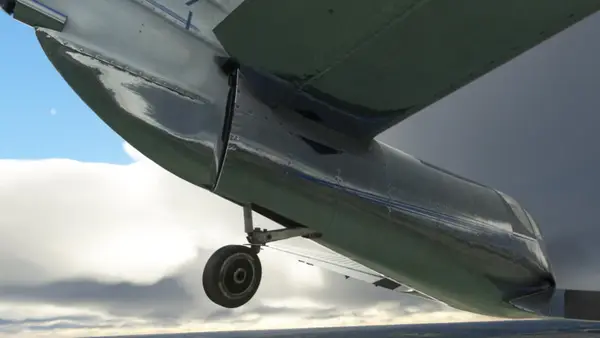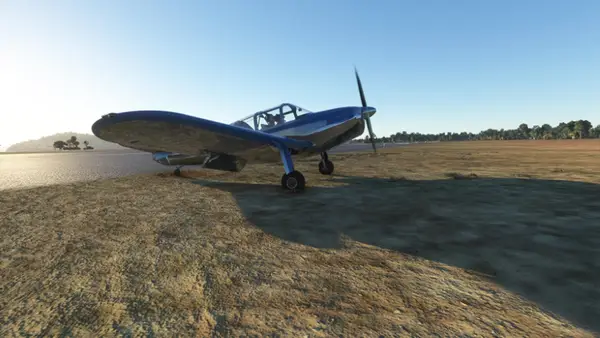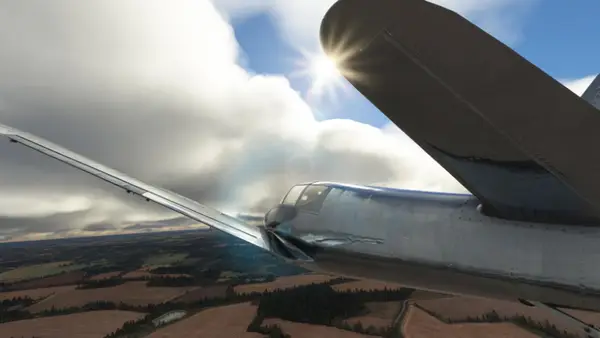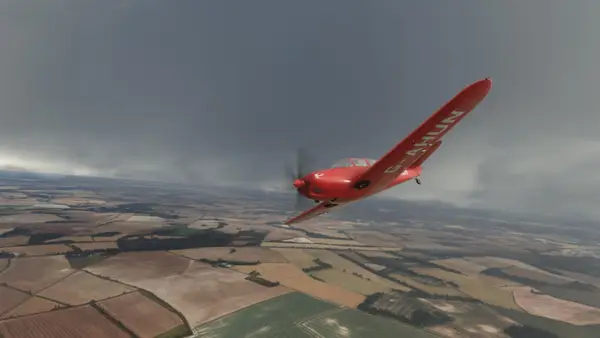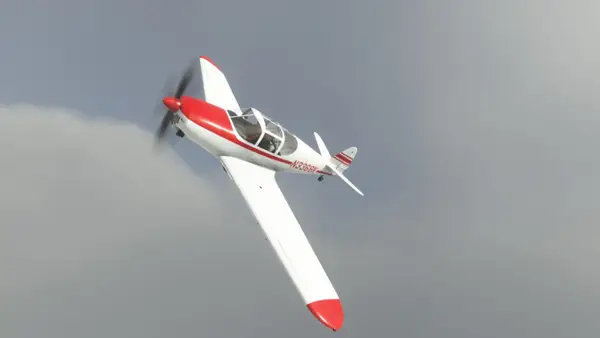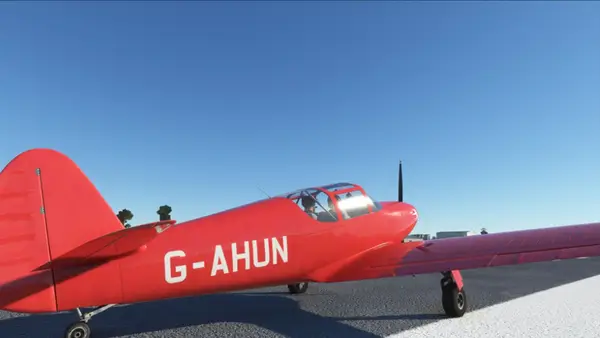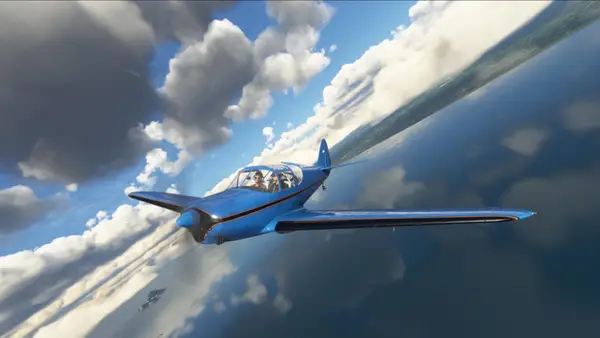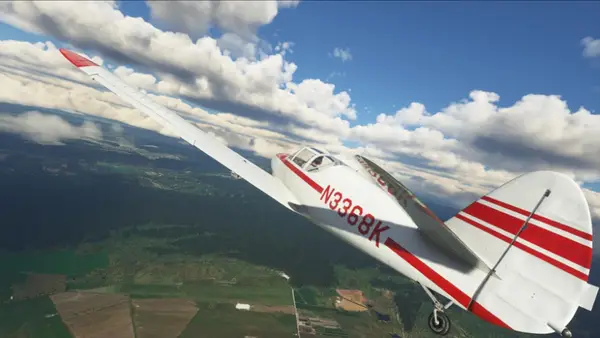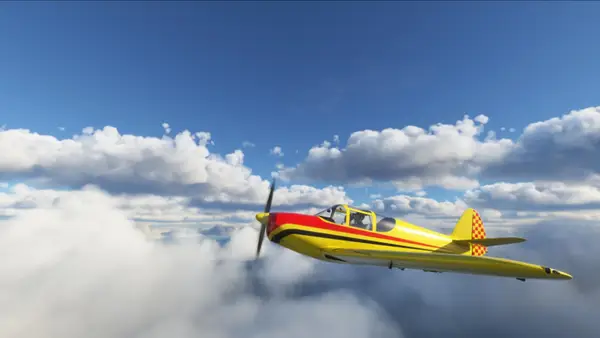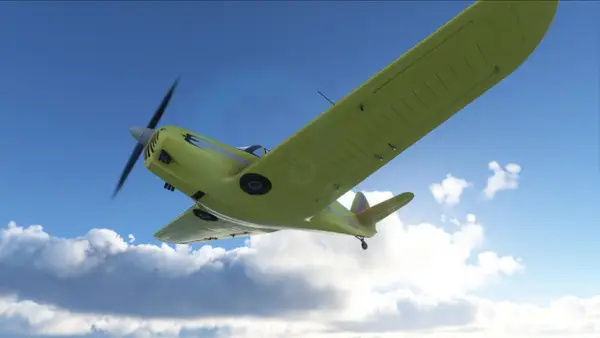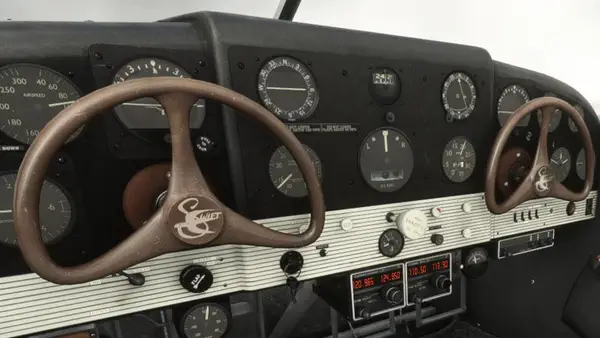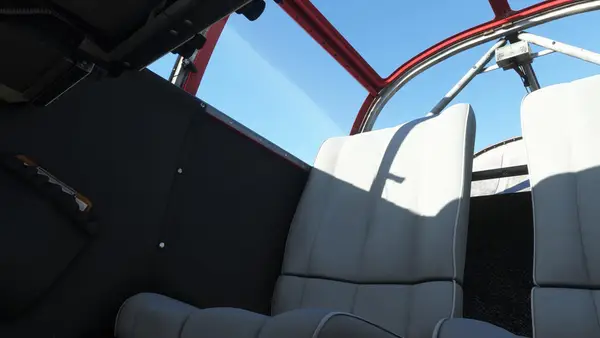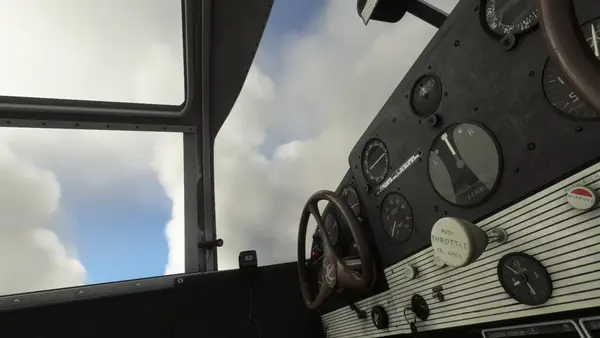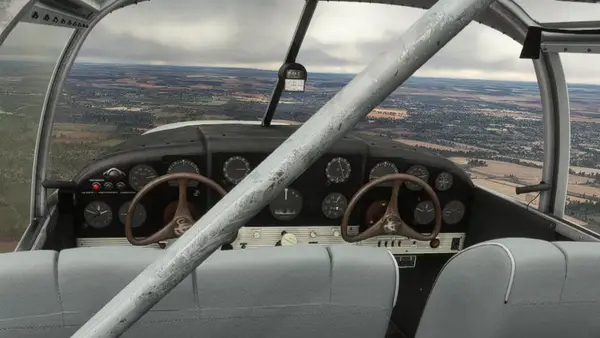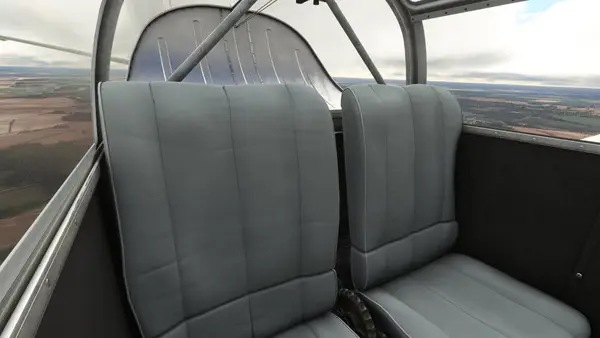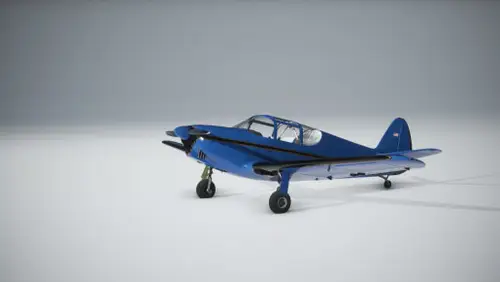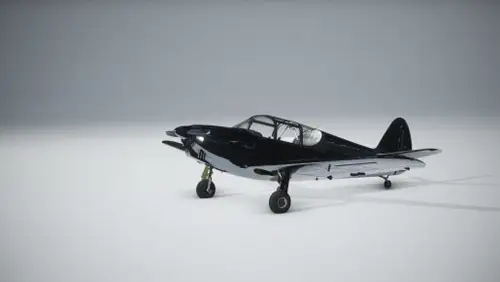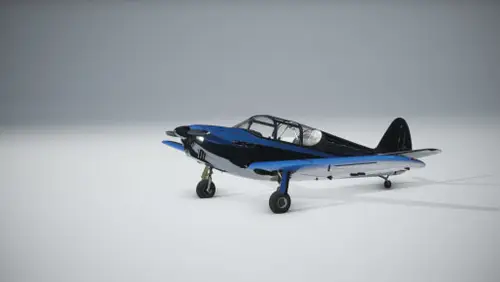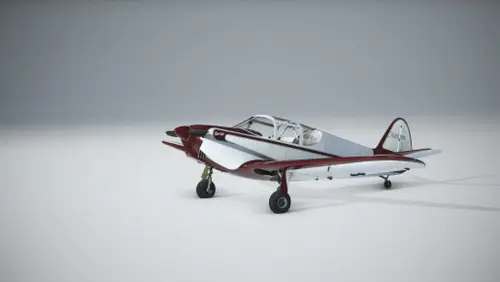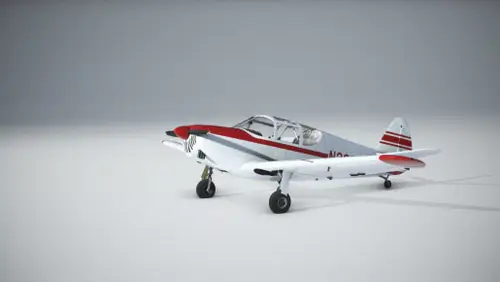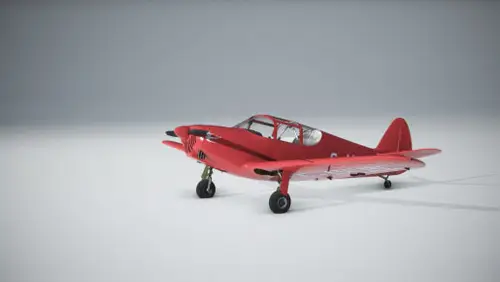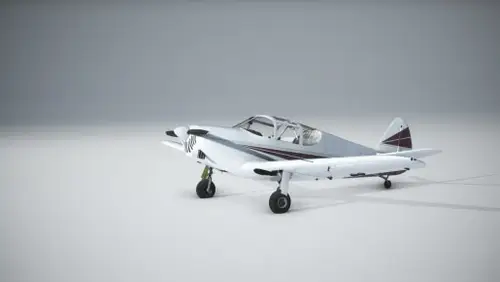The GC-1 Swift is a single-engine, 2-seat, low-wing cantilever monoplane developed by American aircraft company Globe Aircraft Corporation. It took its maiden flight in 1942 and the company introduced it in 1946.
The Swift traces its roots to Fort Worth, Texas in 1940 when aircraft designer R.S. “Pop” Johnson developed an initial prototype for the Bennett Aircraft Corporation. Johnson’s design comprised a tube-and-fabric fuselage with wings and empennage made with Duraloid, a type of bonded plywood. Although Bennett dissolved as a company in late 1940, Johnson’s plans were acquired by the Globe Aircraft Corporation, which named the design the GC-1.
The Swift took its maiden flight in 1942, but Globe Aircraft did not place it into production due to World War II aircraft priorities. As the war drew to a close, Globe refocused their efforts on the GC-1, creating several new wood/metal prototypes. The project evolved into an all-metal design, the GC-1A, which took its maiden flight in January of 1945. Globe began serial production of the GC-1A Swift in November of 1945 and then developed the GC-1B, a model with a more powerful engine. In the first part of 1947, Globe built 504 GC-1B Swifts and a subcontractor, TEMCO (Texas Engineering and Manufacturing Company), built 329. TEMCO took over all manufacturing in the summer of 1947 and produced the model until 1951, when Korean War commitments took precedence. The two companies built roughly 1,500 GC-1 Swift models in total, almost all of them the GC-1B variant.
The distinctive, silver-colored Swift quickly became known among aviators for its great performance and ease of operation. The U.S. Air Force considered a variant, the T-35 Buckaroo, as a trainer, as did several other countries. Only Saudi Arabia adopted the Buckaroo, purchasing ten.
The Swift features a cockpit with side-by-side seating and a high-visibility canopy. It has a standard empennage and a retractable standard undercarriage. The aircraft measures 19 feet, 7 inches in length, stands 6 feet, 2 inches tall, and has a wingspan of 29 feet, 4 inches. The GC-1A Swift was powered by an 85-horsepower Continental C-85-12 piston engine and the GC-1B was fitted with Continental C125 piston engine that generated up to 125 horsepower. The GC-1B Swift has a range of 420 miles, a service ceiling of 16,000 feet above sea level, and it cruises at 140 miles per hour.
